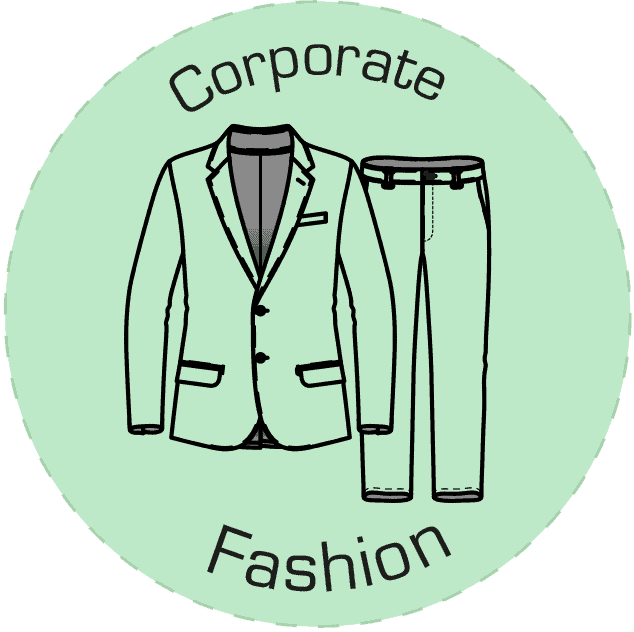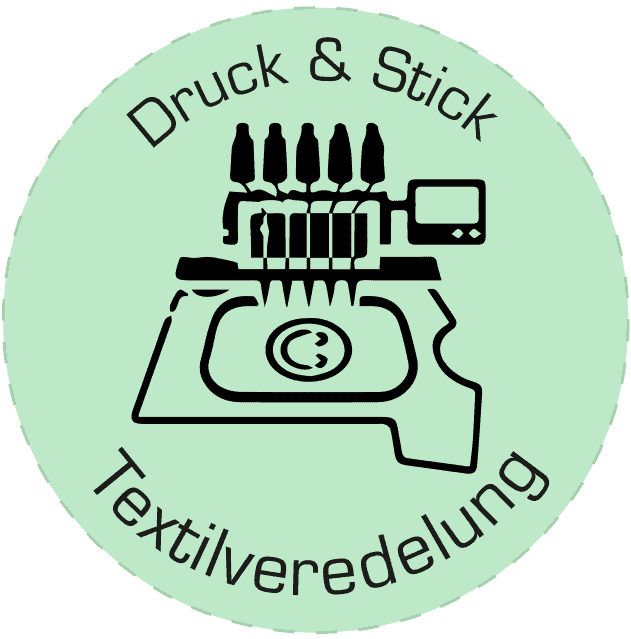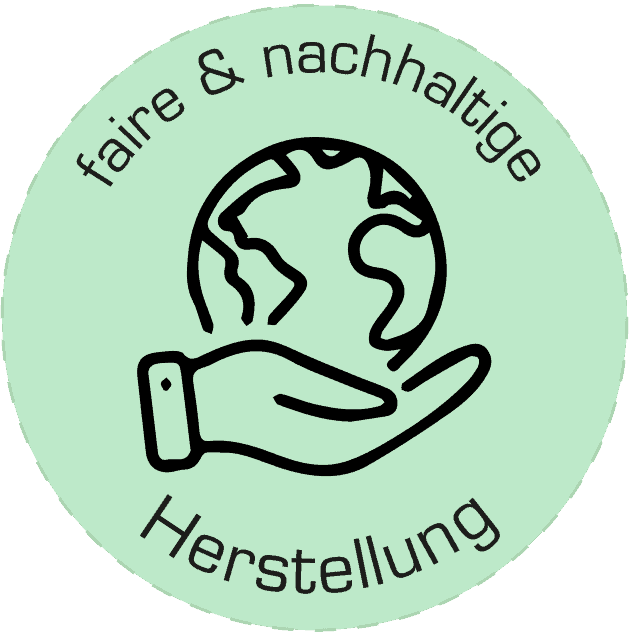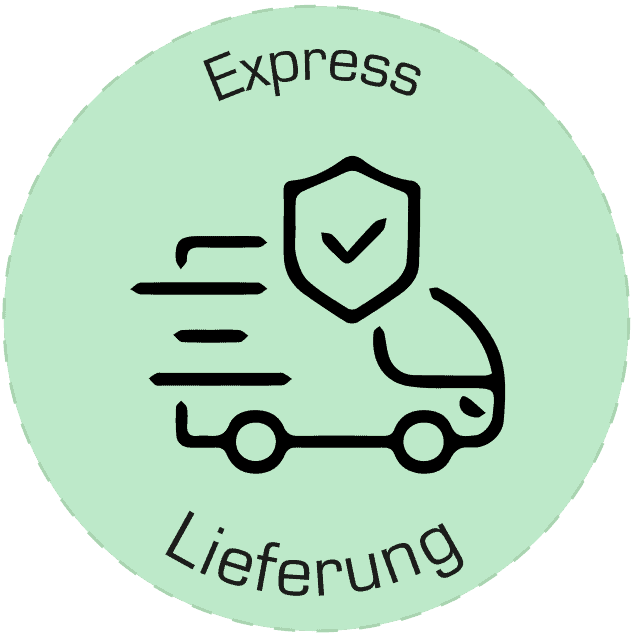SUSTAINABLE WORKWEAR: HOW CAN WORKWEAR BE PRODUCED IN A CLIMATE-NEUTRAL WAY?
At a time when environmental protection and sustainability are becoming increasingly important issues, the sustainable production of The focus is increasingly on workwear. Sustainable workwear, also known as environmentally friendly workwear or ecological workwear, is becoming increasingly important. But what exactly characterizes sustainable clothing and how can companies ensure that their workwear has actually been produced sustainably?
What makes workwear sustainable?
In addition, attention is paid to a closed-loop economy in the production of ecological workwear in order to minimize waste and use resources efficiently.
How do I recognize sustainable workwear?
Certifications play a crucial role in ensuring the sustainability of workwear such as shirts and pants. The GOTS seal (Global Organic Textile Standard) is one of the best-known certification systems for textiles. It guarantees that the materials used are grown organically, without the use of harmful chemicals or synthetic fertilizers. In addition, the GOTS ensures that strict environmental and social standards are adhered to throughout the entire production chain. This also includes compliance with minimum wages and working hours as well as the prohibition of child labor.
The Global Recycled Standard (GRS) label also ensures compliance with social and ecological criteria and requires restrictions on the chemical composition of products. The GRS certifies the recycled content of a textile product.
The GREEN KNOB goes even further. It sets binding requirements to protect people and the environment in the textile production process. A total of 46 demanding social and environmental criteria must be met – from A for wastewater limits to Z for a ban on forced labor. The special feature of the Green Button is that, in addition to the product, it is always checked whether the company as a whole fulfills its human rights and environmental due diligence obligations in the textile supply chain. The corporate criteria are based on the United Nations Guiding Principles on Business and Human Rights and the recommendations of the Organization for Economic Cooperation and Development (OECD) for the textile sector. The seal comprises 26 different product criteria, such as the ban on hazardous chemicals, the use of natural fibers tested for harmful substances and the biodegradability of chemical substances. For the textiles to be tested, the GREEN KNOB relies on recognized seals such as GOTS, GRS and Fairtrade. With 20 corporate criteria, the business practices of the entire company are also examined. This is particularly relevant for production in so-called risk countries, where human rights, social and environmental standards are inadequately enforced. However, the company audit also applies to production sites within the EU. Companies must prove that any remaining risks are also adequately addressed within the EU.
Where is sustainable workwear produced?
The market share of sustainable workwear is growing continuously, as both companies and consumers are increasingly making environmentally conscious decisions. This reflects the increased awareness of environmental issues and the need for them.
Why is environmentally friendly workwear important?
Reduced availability: Sustainable workwear may not be readily available in all stores or regions, which can make sourcing more difficult. It is advisable to buy sustainable workwear online.









